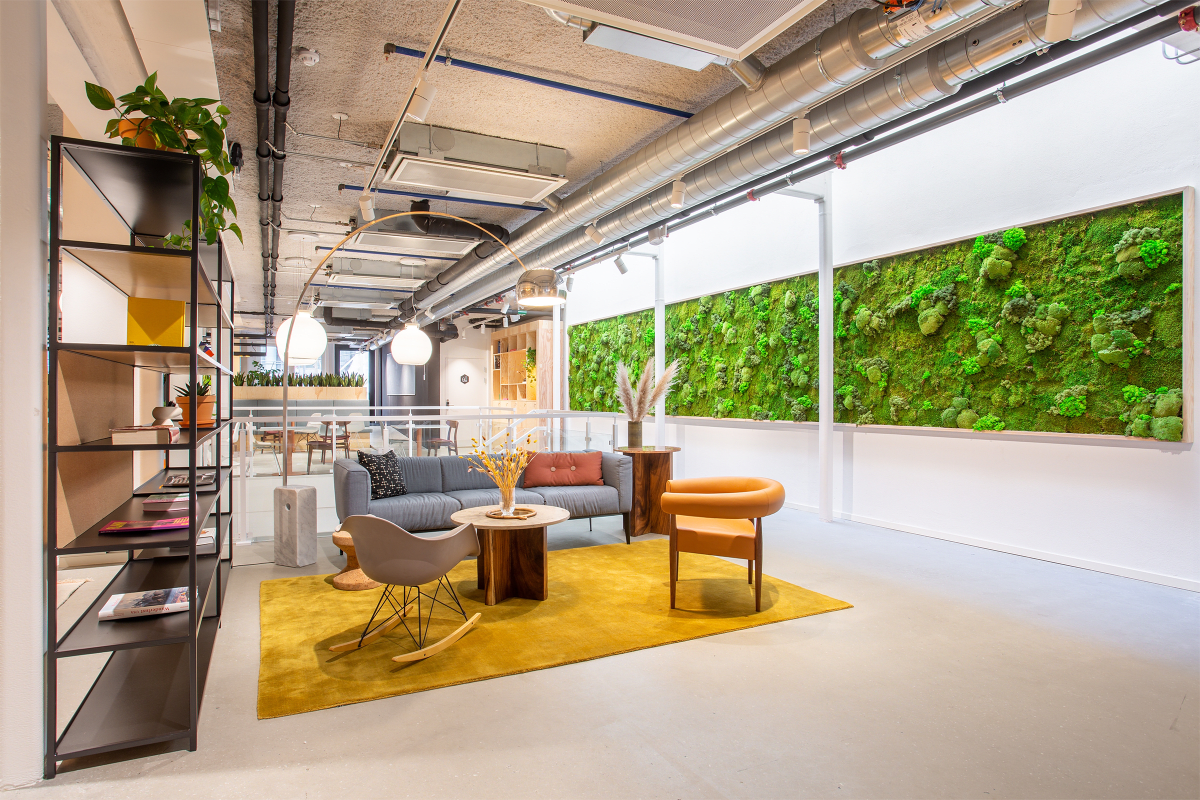Finding suitable office space for clients is undoubtedly the number one goal of any commercial property broker. But with the continued advancement of collaboration tools and analytics platforms, it's also essential to understand the types of technology that can drive their hybrid workplace forward.
As hybrid is established as the norm for working life, an aspect that’s sometimes taken for granted is the technology making it possible. While Zoom and Teams were the dominant platforms as companies pivoted to remote working during the pandemic, the movement has spawned a whole new generation of tech that’s bringing together remote teams.
In this article, we’ll look at the tech innovations — both existing and in the pipeline — that have the potential to help your clients’ businesses thrive in the hybrid world.
Why we need better tech
There are many benefits to hybrid working. Research by Global Workplace Analytics, discussed in IWG’s 2022 CFO study, shows that a typical employer can save around $11,000 annually for every person who works remotely half the time. What's more, their employees are happier and healthier. No wonder so many businesses are looking for hybrid workspaces.
But the foundation of any successful hybrid model is technology. As Virgin Media O2 Business Director Catherine Amran, quoted in this HR News article, comments, “As businesses establish long-term hybrid working policies, tech is the key to keeping employees motivated, productive and maintaining growth amid an uncertain economic backdrop.”
Yet according to a recent survey, 93% of respondents feel their organisations could improve the in-office experience. The research, as highlighted in Harvard Business Review, found that even with the benefits of hybrid working, such as increased productivity and flexibility, 35% of hybrid workers struggle with feeling connected and engaged, and 29% report that it takes days or even longer to receive important information.
So the solution to keep businesses engaged and connected whether staff are at HQ, in a flexible workspace or at home, lies in tech innovation – and luckily, there’s plenty around already (with lots more in the pipeline).
Hybrid tech, present and future
Tech innovation comes in many shapes and sizes, from underlying analytics that support management decisions to tools and software that enhance the experience of hybrid workers.
Implementing new tech starts with understanding how things are working, and that’s why, in IWG's 2023 trends forecast, CEO Mark Dixon calls attention to the role of data analysis and AI in hybrid working. He says: “Companies are gathering insights from multiple sources such as employee productivity and environmental data, which includes heat, noise, humidity and power usage to shape the office of the future, while minimising environmental impact.”
Such insights are made possible by the ‘Internet of Things’, which is crucial to shaping flexible office spaces. As IoT Business points out, this enables smart technology such as real-time meeting room and desk occupancy monitoring and indoor air monitoring, which can help prevent employees becoming drowsy and headachy. Meanwhile, the integration of digital twins with the Enterprise Metaverse enables remote workers to access real-time data on physical assets, boosting collaboration and improving efficiency in a hybrid working environment.
If your clients have departments in different locations, joining up data and processes can be tricky, but that’s where enterprise resource planning (ERP) software can help. It integrates business processes across different parts of the business, providing real-time data that enables businesses to optimise operations, improve decision-making and manage resources effectively.
As well as enabling remote access to data, ERP software also streamlines workflows – something artificial intelligence has a big role to play in, too. AI meeting assistants such as OtterPilot make virtual meetings more efficient by taking notes and circulating a presentation containing a summary of the meeting, key data points and action items to all attendees. It’s also AI that lies behind noise cancelling software such as Krisp, which can “improve call quality on Zoom, Teams and other services” – a key way of reducing what’s become known as ‘Zoom fatigue’.
Even the car doesn’t escape a hybrid makeover, with new models being optimised with AI that helps facilitate more flexible ways of working. In February, Mercedes announced a partnership with Cisco that means that “New Mercedes-Benz E Class vehicles will be equipped with Webex Meetings and Calling and utilize Webex AI audio capabilities to enable greater flexibility for the hybrid workforce”. Together, the two companies are “transforming the car into a home office”, allowing workers to “take a meeting between visiting a client and picking up the kids from after-school care”.
This brief introduction to the tech innovations powering hybrid barely scratches the surface, but it shows that hybrid is here to stay. And by keeping on top of these trends, brokers can offer their clients the most innovative and effective hybrid office solutions — ones that not only increase productivity and profits, but benefit people and the planet.
Find out how an IWG partnership can help deliver the ideal hybrid workspaces for your clients.






